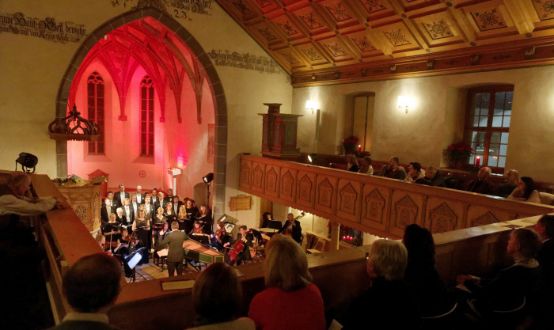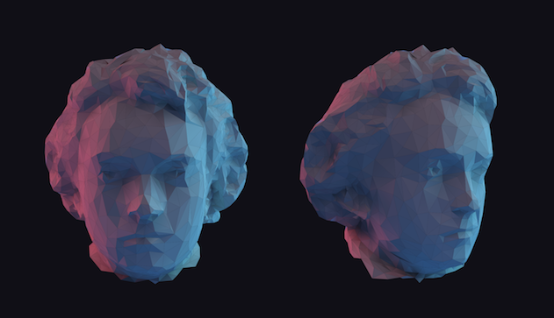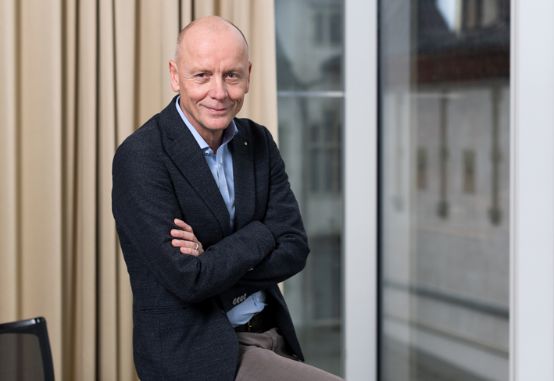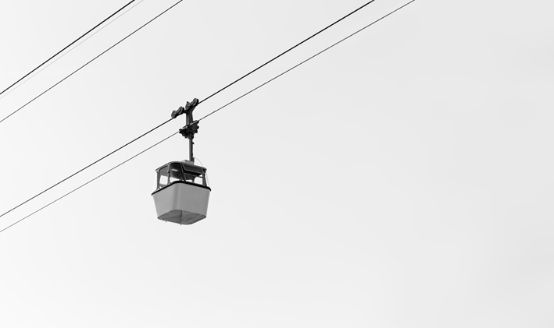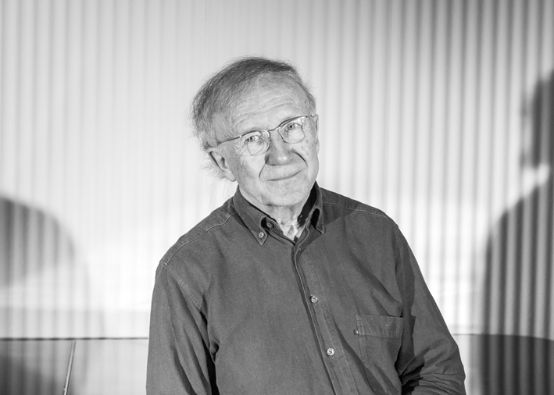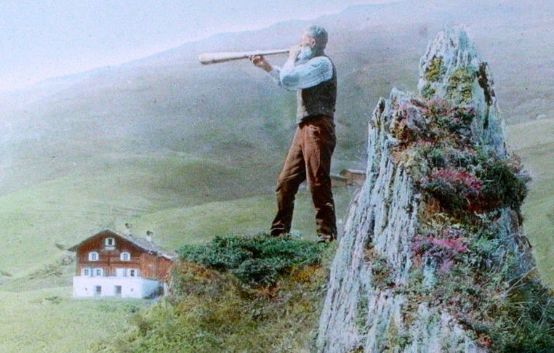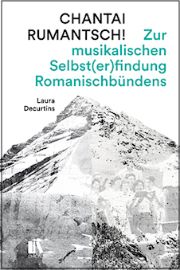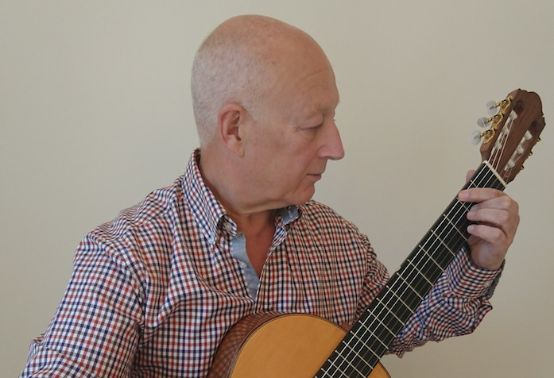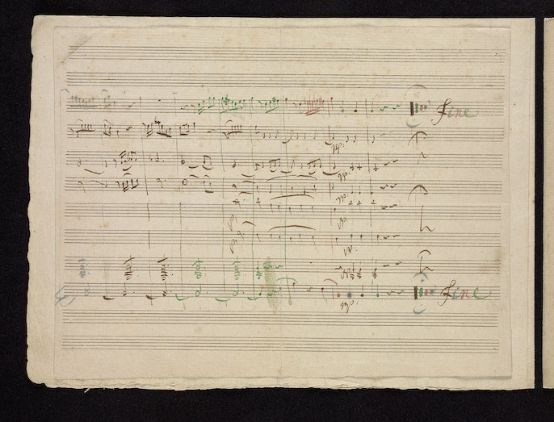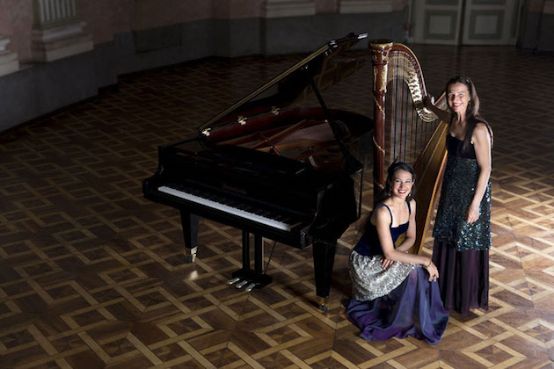Alphorn and natural yodeling
Similarities between the alphorn and natural yodel have promoted the theory that both have influenced each other in their development. Such influences should not be generalized, say music researchers at the Lucerne University of Applied Sciences and Arts.
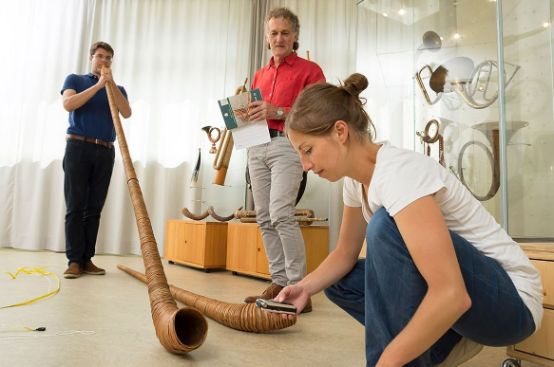
Is alphorn playing to be understood as "blown" yodeling? Has it influenced yodeling with its characteristic natural tone series and sound? Do the two musical practices have historical points of contact? Researchers from the Department of Music at Lucerne University of Applied Sciences and Arts investigated these questions in the project "Musical relationship between alphorn and yodel - fact or ideology?". The project was funded by the Swiss National Science Foundation SNSF.
Although the research team came to the conclusion that there was a certain amount of influence depending on the region and era, "there was no consistent influence," says project leader Raymond Ammann. The researchers were also only able to prove points of contact in the development of the alphorn and yodelling in places: "The earliest sources proved to be too imprecise in terms of content to be able to identify clear adoption processes between these two musical practices."
Original article:
https://www.hslu.ch/de-ch/hochschule-luzern/ueber-uns/medien/medienmitteilungen/2019/12/11/alphorn-und-jodel-eine-greifbare-aber-unstete-wechselbeziehung/






